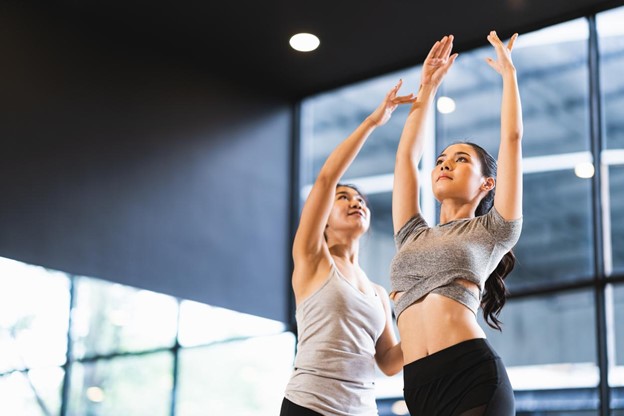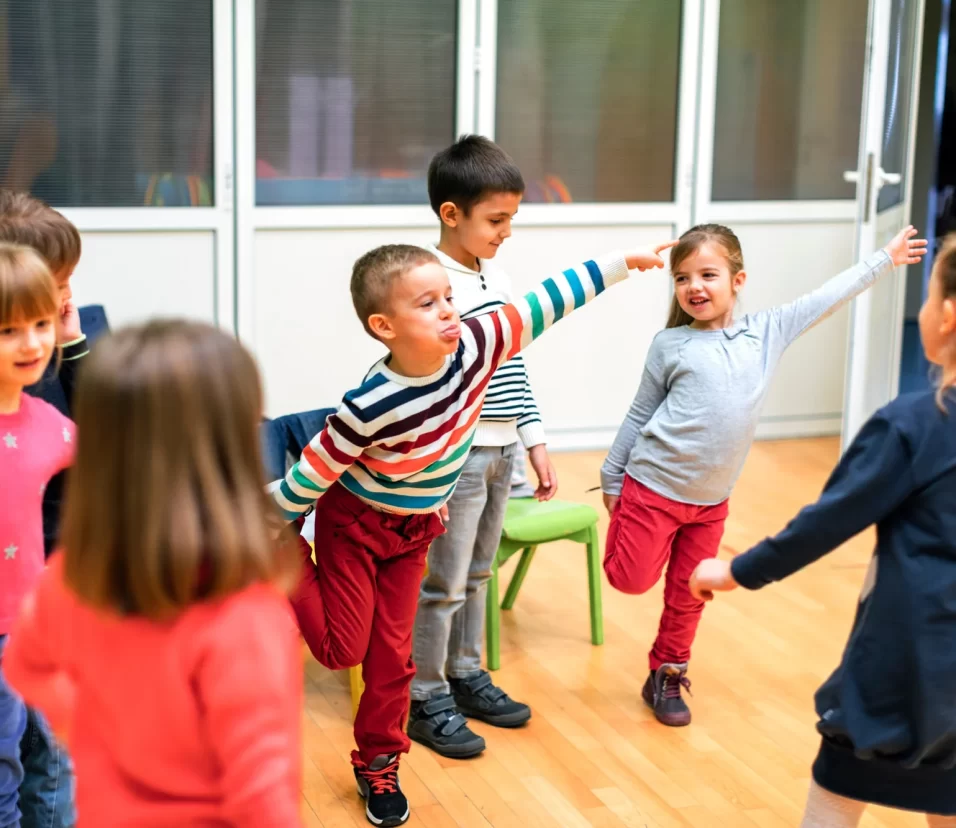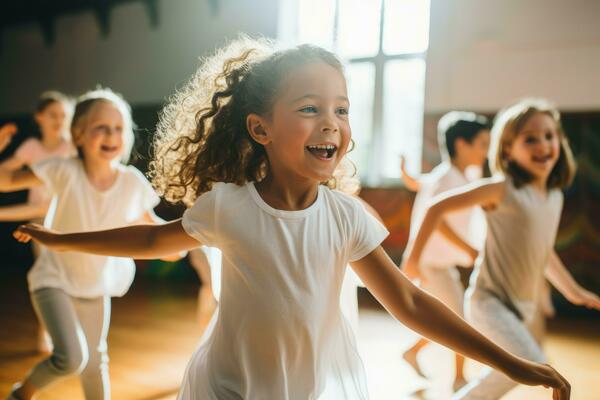4 Tips Every Dancer Needs to Overcome Stage Fright
The studio can be a place of growth, creativity, and challenge for both seasoned and new dancers. As a dance teacher, I often notice patterns and behaviors that, if addressed early on, can help dancers thrive in class and life. So, I wanted to share some important lessons I frequently discuss with my students, hoping they can help you or the dancers you teach.
1. Embrace “Yes”
One key piece of advice I give my students is simply to say “yes”—to themselves, to the choreography, and to the learning challenges. When dancers hesitate, their bodies often follow suit. This hesitance can stifle progress. I intentionally choreograph sections that will push dancers outside their comfort zones. The goal isn’t immediate perfection but chipping away at mental barriers. When dancers embrace the word “yes,” they open themselves up to the potential for growth and confidence.
This approach is also useful when working with younger children, especially when creating Dance Lesson Plans for Preschool. Encouraging young learners to say “yes” to new movements or ideas helps to cultivate a positive and exploratory mindset early on, making them more receptive to new concepts as they grow.
2. Set Specific Goals for Class
As a dance teacher, I’ve found that students who arrive with a specific goal tend to get more out of class. Goal-setting provides focus, whether it’s nailing a turn, improving flexibility, or learning a new move. I ask my students to share their objectives at the start of my classes. This practice helps me tailor the session to their needs and provides a sense of accountability. Instructors who teach younger children can incorporate this by using Preschool Teacher Dance Resources focusing on goal-oriented learning. Even for young learners, this method fosters a sense of accomplishment and encourages growth in a structured way.
When teaching, it’s crucial to consider how you can help students measure their progress, even in something as subjective as dance. This makes dance class feel purposeful and allows dancers to leave with a sense of achievement.
3. Dance Like No One Is Watching
Dancers often feel pressure to perform perfectly, but the magic happens when you dance like no one is watching. I encourage my students to focus on the feeling of the movement rather than the scrutiny of an audience or even their perfectionist tendencies. It’s about freedom and self-expression, where the joy of dance truly lies.
For those working with younger children, especially in early education, it’s important to incorporate this philosophy when incorporating dance into early education. Allowing children to move freely without fear of mistakes helps them explore creativity and self-expression, which is crucial to their emotional and physical development.
4. Watch and Absorb
This tip is often overlooked: when your teacher says, “Just watch,” they mean it. Observation is one of the most valuable tools for learning. Sometimes, stepping back and watching the choreography allows dancers to see the nuance in a move they were previously missing. As a teacher, I always remind my students that dance is as mental as physical. When they take the time to pause and watch, they often find clarity and gain a deeper understanding of the choreography.
For educators working with younger students, this can be adapted into group observation activities where students can watch each other perform. Using Preschool Teacher Dance Resources, you can design observation sessions that teach students to reflect on movement and performance in a supportive environment. Not only will this develop their skills, but it also fosters teamwork and shared learning.
Encouraging a Lifelong Love for Dance
For educators, incorporating these lessons into their curriculum—whether it’s through Dance Lesson Plans for Preschool or advanced technique classes—can create a space where dancers feel empowered to grow. Moververse, for instance, is a great platform that helps streamline this process. Their carefully crafted dance programs are designed to give teachers educational and inspiring resources. Tools like Moververse can ease the workload for educators by providing ready-made lesson plans and teacher-specific classroom resources.
Ultimately, as dance teachers, our goal is to inspire confidence, creativity, and joy in every dancer. By encouraging a mindset of openness, goal-setting, and observation, we create better dancers and individuals who are prepared to take on challenges with a positive outlook.







Leave feedback about this